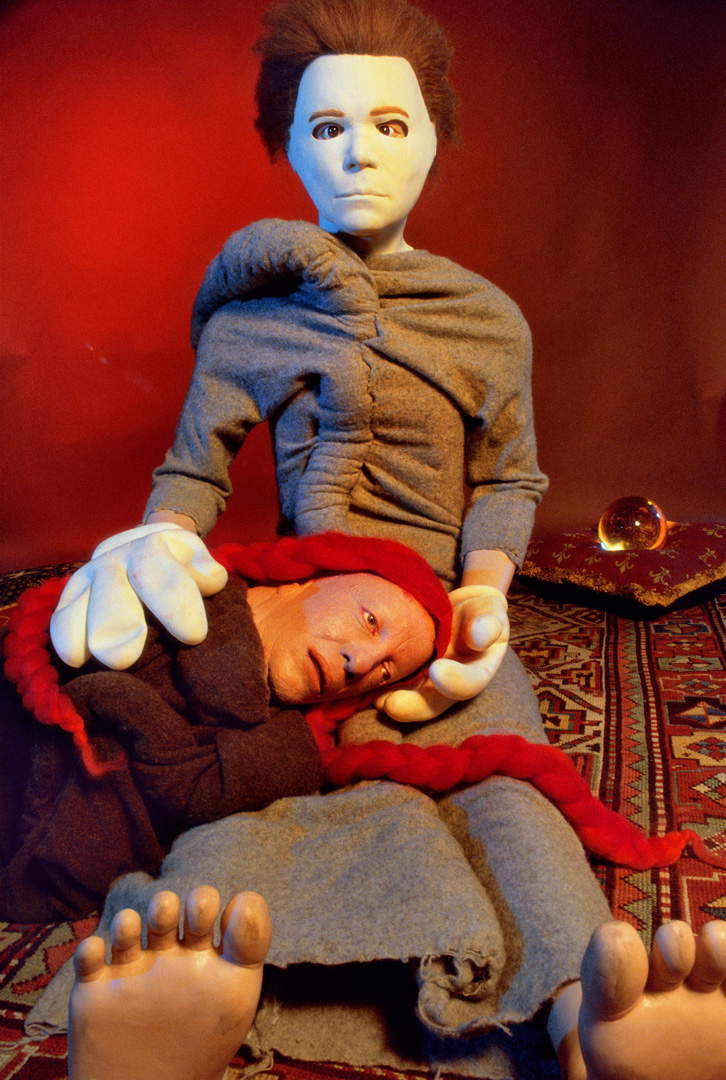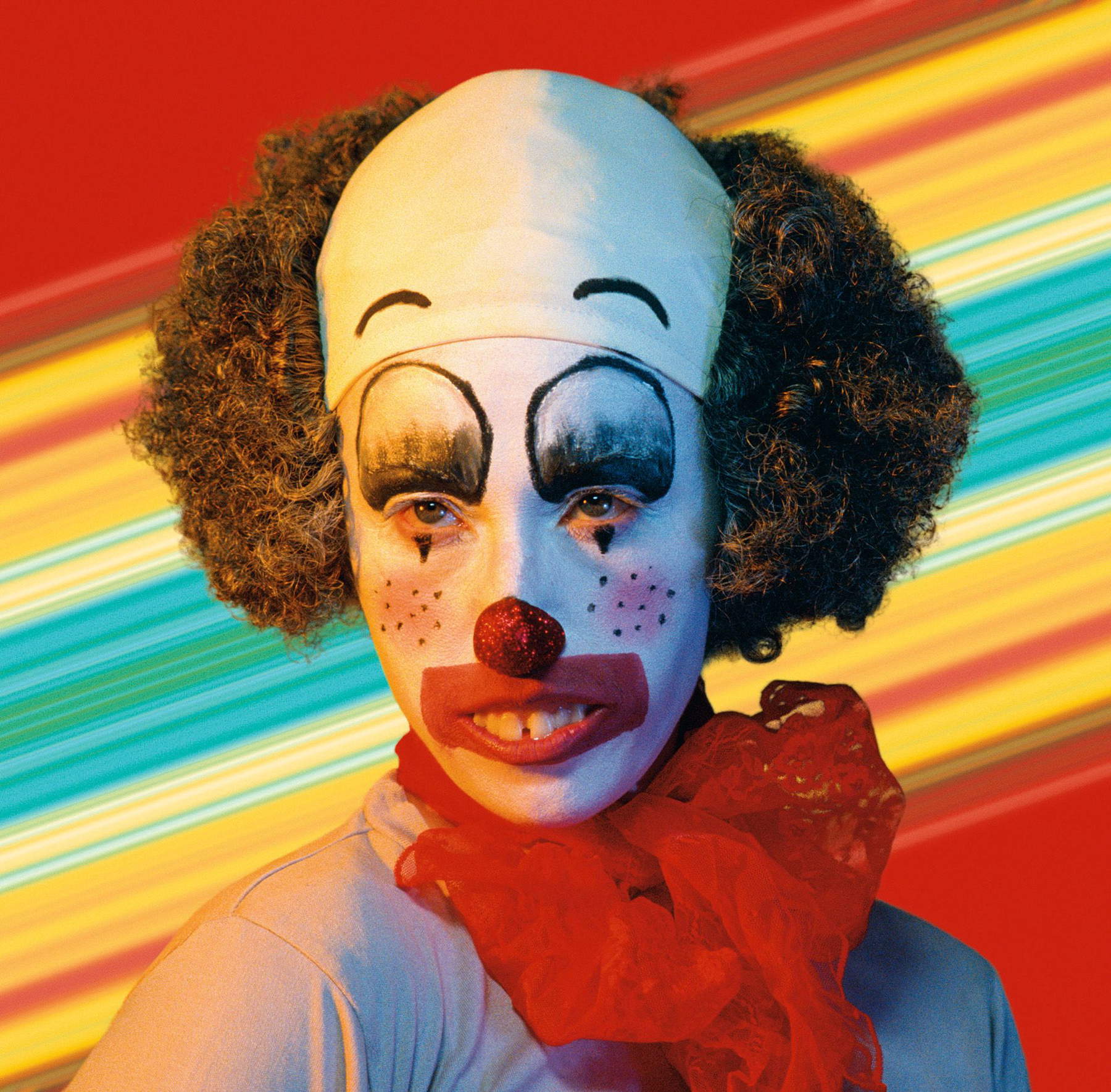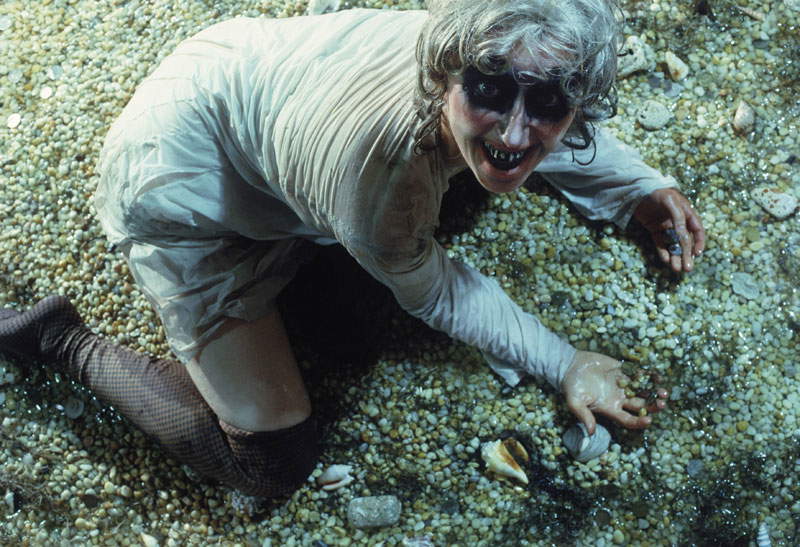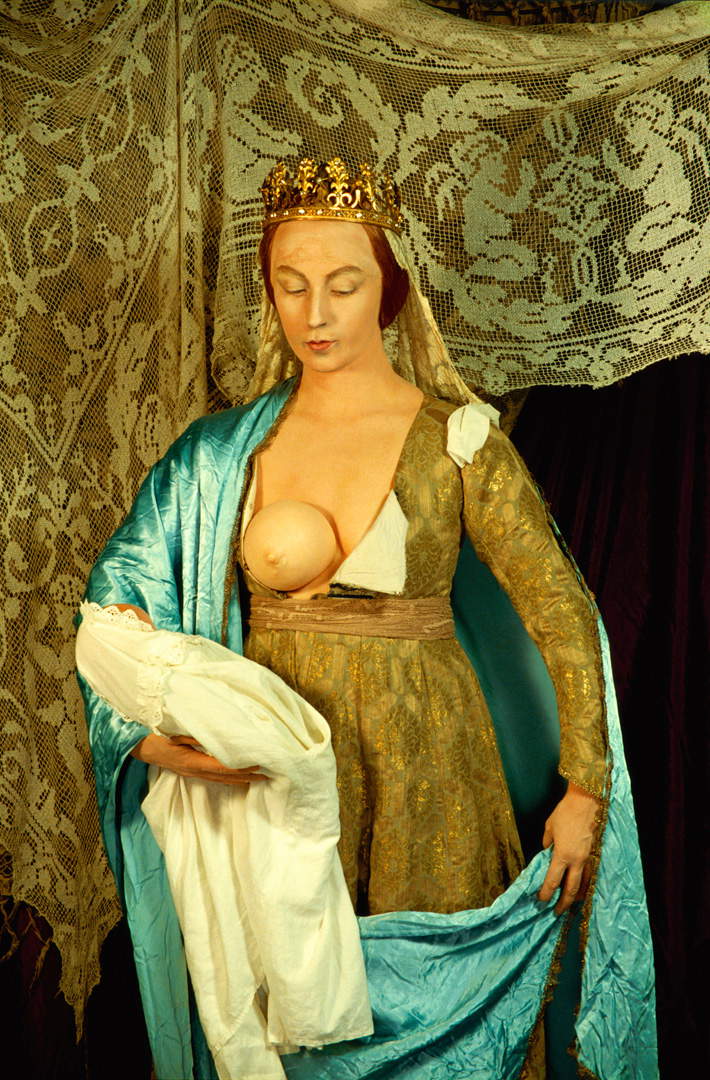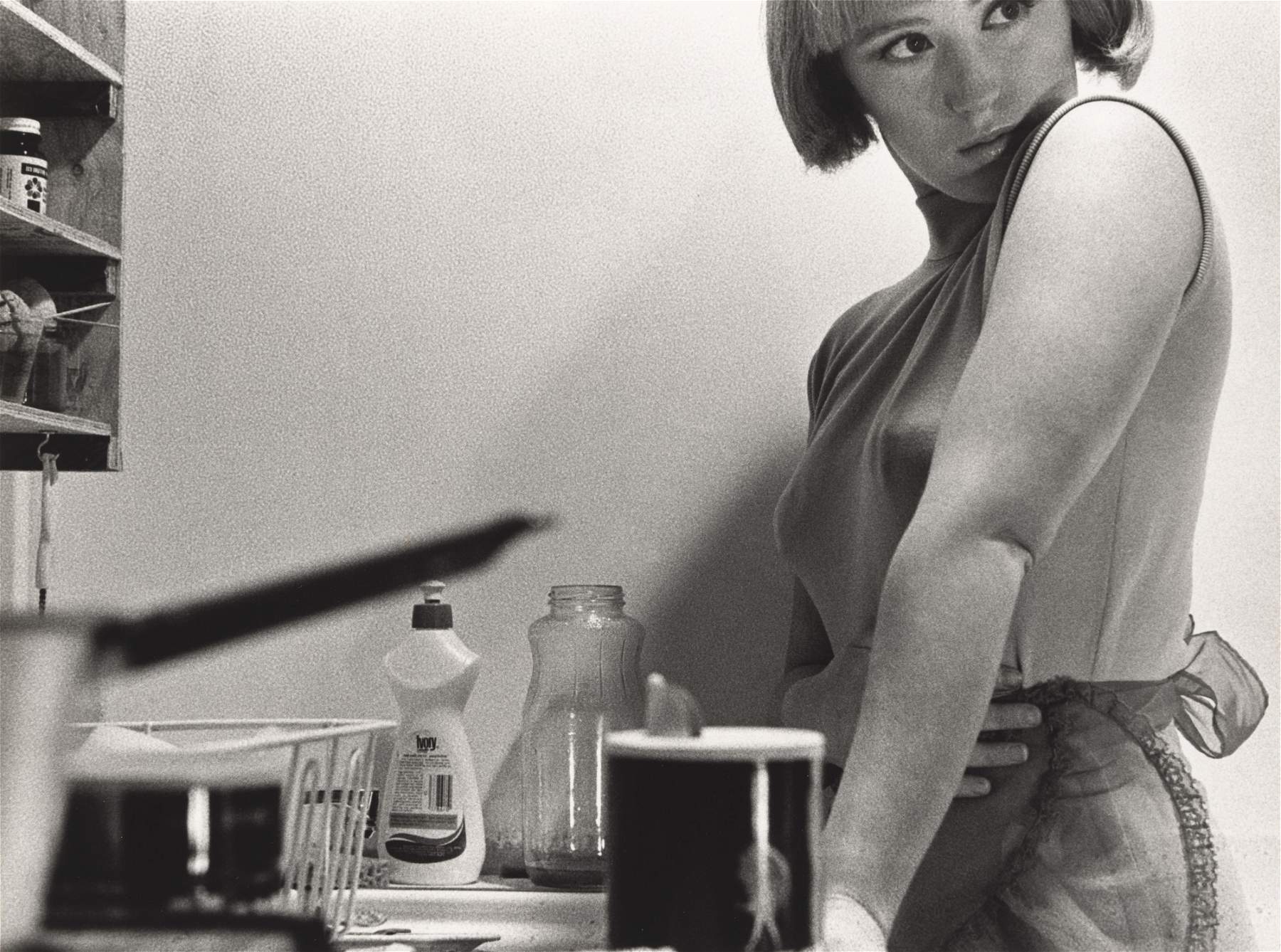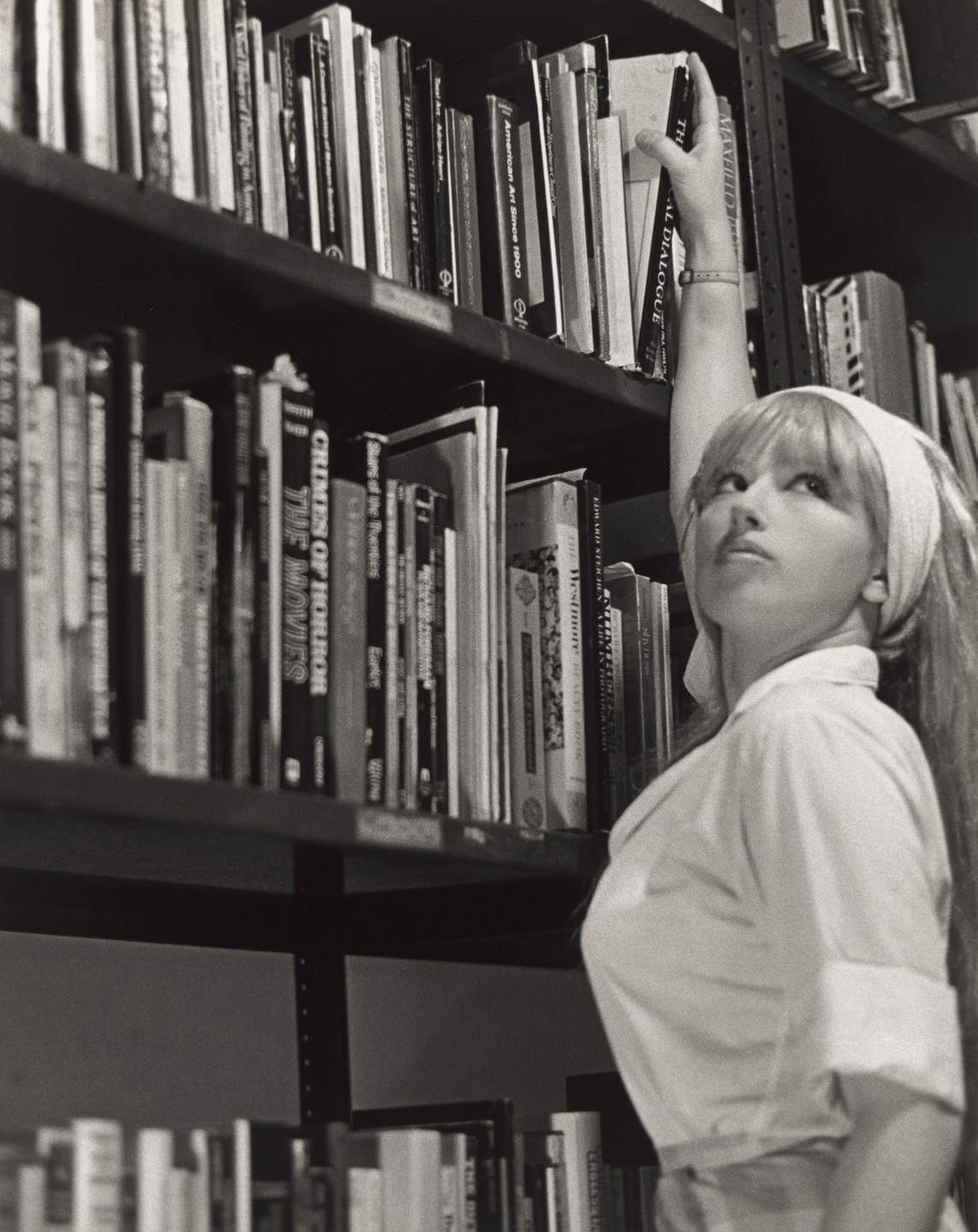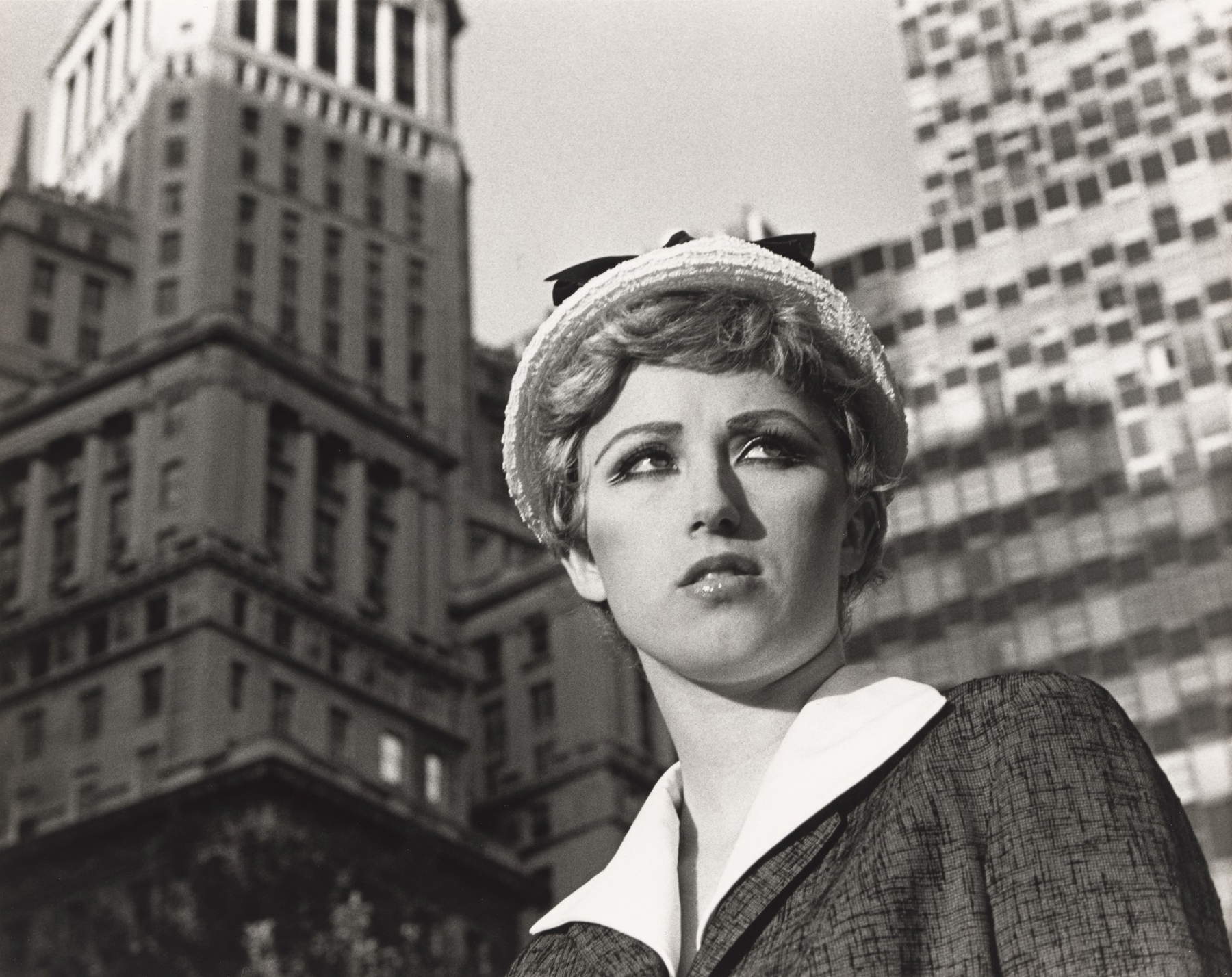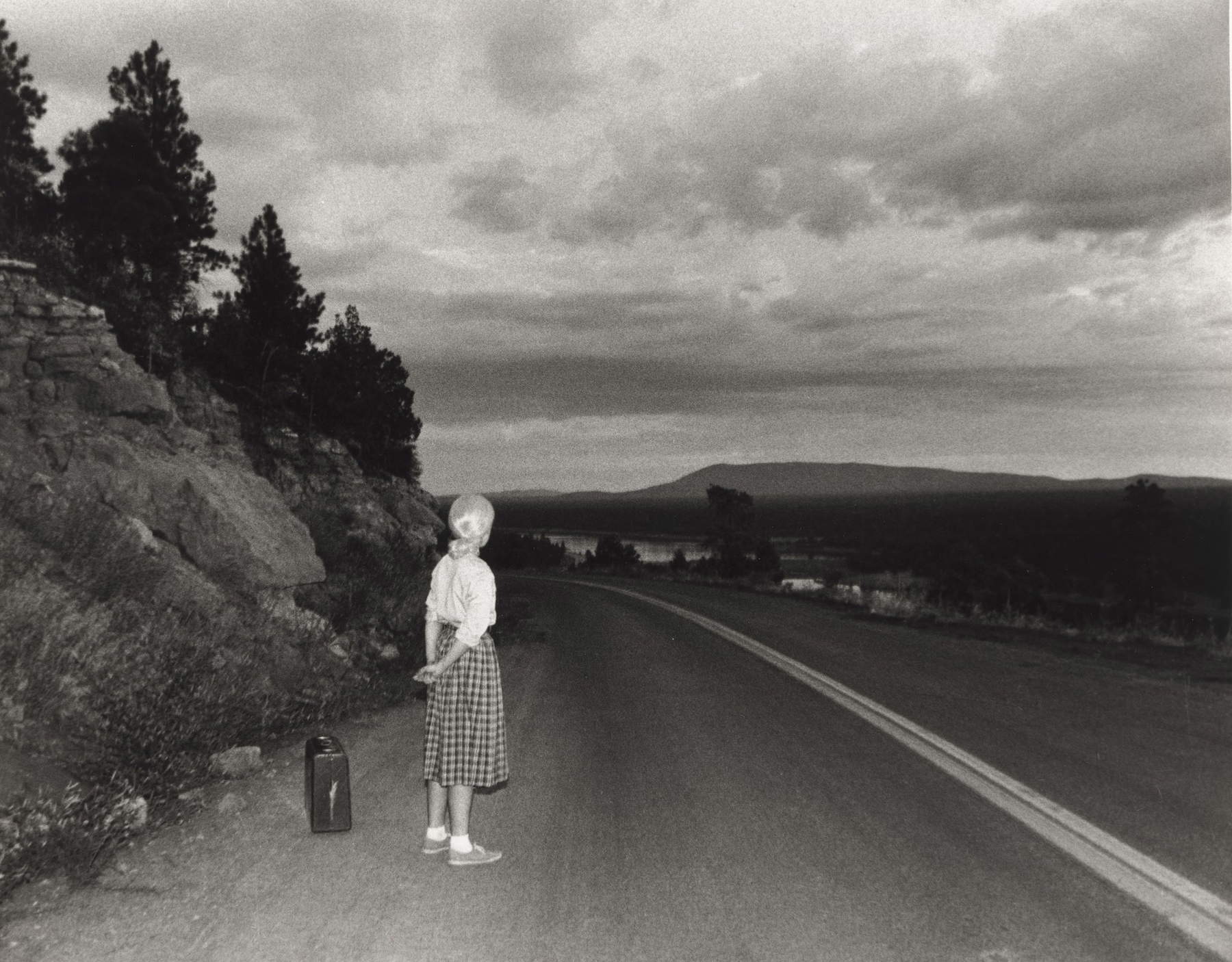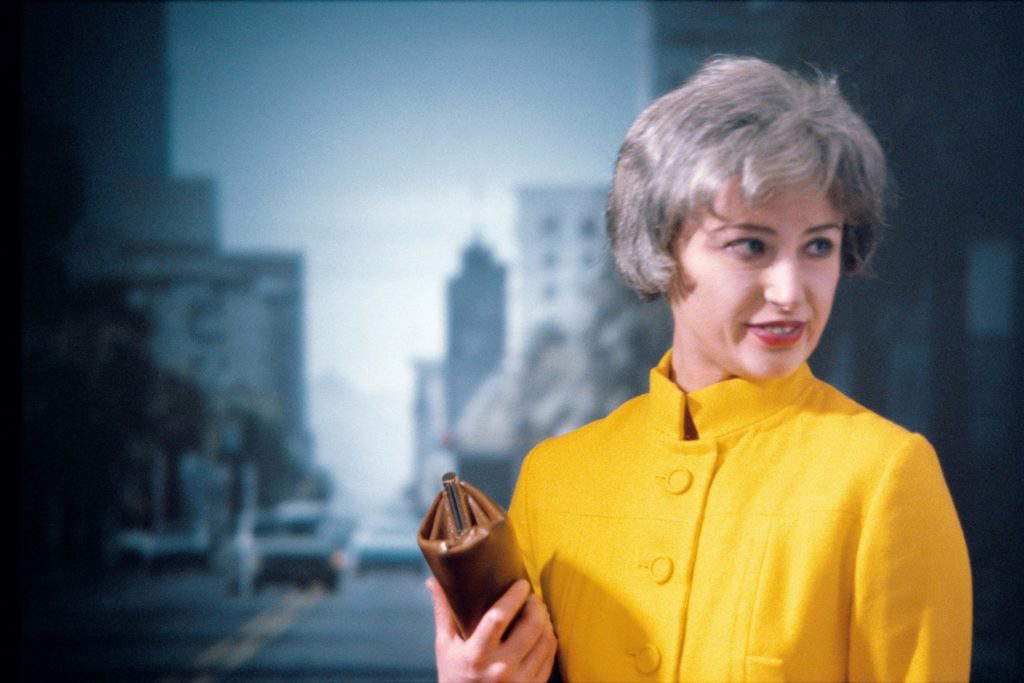by Stella Cattaneo , published on 24/07/2021
Categories: Works and artists
/ Disclaimer
Cindy Sherman is one of the world's most famous artists: her photography moves away from the pursuit of beauty, is versatile and focuses on the plight of women.
Cindy Sherman (Glen Ridge, 1954) is probably among the best known living artists in the world. The medium of expression that has made her famous is photography, and the choice of this medium is probably not accidental. In fact, Sherman belongs to one of the first generations of Americans who grew up with television and in an environment increasingly pervaded by images from those films, advertisements and magazines that had already attracted and inspired Pop Art artists in the 1950s and 1960s.
The artist began his artistic training in 1972 when he began attending Buffalo State College. There he studied mainly painting and came into contact with photography. Several sources even mention his flunking his first exam in this discipline. His love for the medium of expression was then combined from early on with an all-natural propensity for disguise and character construction, an activity that dates back to his youth. The artist recalls wishing to live as if every day were Halloween, to play the most disparate and monstrous roles from time to time. The category of the grotesque and the terrifying are, moreover, perfectly within the visual registers within which at least part of Sherman’s work is inscribed. Beginning with older works, such as Untitled #153 (1985) and Untitled #304 (1994), to relatively more recent series such as Clowns (2003-04) or shots such as Untitled Film Still #546 (2010-12),the artist moves away from the tireless pursuit of the beautiful that characterizes society and demonstrates all her attraction to ambiguous figures, sometimes caricatured in relation to the human fauna of our physical and virtual cities. There is also no lack of an eye toward the past and to images dear to the history of art, as in Untitled #216 (1989), where photography is used to allude to Renaissance sacred painting and Sherman is dressed as the Virgin who, in a maternal attitude, holds out a breast, visibly artificial, to the baby Jesus. Sherman’s entire universe is steeped in exaggeration and exhibited artificiality but, at its origins, the fiction is entirely verisimilitude. It is in the first instance borrowed from the repertoire of film images to which the artist looked in the making of his first and later famous photographic series, the Untitled Film Stills (1977-80). In this body of work, Sherman finds inspiration in the iconic stills used to promote motion pictures and focuses on the tools and themes that still accompany her production.
 |
| Cindy Sherman, Untitled #304 (1994; color chromogenic print, 154.94 x 104.14 cm; Los Angeles, The Broad) |
 |
| Cindy Sherman, Untitled #424, from the Clowns series (2003-2004; color chromogenic print) |
 |
| Cindy Sherman, Untitled Film Still #546 (2010-2012) |
 |
| Cindy Sherman, Untitled #216 (1989; chromogenic color print, 220.98 x 142.24 cm; Los Angeles, The Broad) |
The artist, who commonly refers to herself as a photographer, actually takes on a variety of guises: she is a model and the protagonist of every shot, as well as a director, costume designer and makeup artist. She works in complete solitude inside her studio, “performing in front of the camera” as per the title of the group exhibition Performing for the camera, held at London’s Tate Modern in 2016. The exhibition, which gathered artists who have variously employed the medium of photography, began with a question, also crucial to a deep understanding of Sherman’s work: "real performance art, portraiture or simply posing for a photograph ... what does it mean to perform in front of the camera?"
Following this questioning, it is possible to say that Sherman’s art practice is for all intents and purposes a form of portraiture or self-portraiture, albeit unrelated to the person or biography of the artist. His works have also been housed, significantly, in the halls of the National Portrait Gallery in London in 2019. However, each of the artist’s works carries with it a strong performative component that calls to mind some celebrated precedents from the first half of the 20th century. One thinks, for example, of Man Ray ’s shots that immortalize Marcel Duchamp as Rrose Sélavy, his female alter ego; or, just prior to Sherman’s early work, of the 1970s polaroids from the S’he series, in which Ulay shows himself as an androgynous individual. The implications and questions that Sherman’s works raise refer directly to a deep reflection on the concept of identity and how it is the result of a social construction. The artist thus finds himself exploring with a critical and in some cases ironic eye the characters he invents and interprets. In the seventy black-and-white shots of the Untitled Film Stills, the artist conceals her identity and impersonates different female roles, in accordance with classic stereotypes, widely represented by the films of the time and present more generally in the common imagination. Present is the wife in the kitchen(Untitled Film Stills #3, 1977), the scholar (Untitled Film Stills #13, 1978), the young career woman(Untitled Film Stills #21, 1978), the housewife (Untitled Film Stills#35, 1979), the lonely roadside traveler(Untitled Film Stills #48, 1979), the sensual and vain lover(Untitled Film Stills #81, 1980).
 |
| Cindy Sherman, Untitled Film Still #3 (1977; gelatin silver print, 16.19 x 23.5 cm; Los Angeles, LACMA) |
 |
| Cindy Sherman, Untitled Film Still #13 (1978; gelatin silver print, 24 x 19.1 cm; New York, MoMA) |
 |
| Cindy Sherman, Untitled Film Still #21 (1978; gelatin silver print, 19.1 x 24.1 cm; New York, MoMA) |
 |
| Cindy Sherman, Untitled Film Still #48 (1979; gelatin silver print, 71 x 95.5 cm; London, Tate Modern) |
 |
| Cindy Sherman, Untitled Film Still #21 (1980; gelatin silver print, 24 x 16.7 cm; New York, MoMA) |
 |
| Cindy Sherman, Untitled Film Still #74 (1980; color C-Print, 39 x 59 cm; London, Victoria&Albert Museum) |
 |
| Cindy Sherman, Untitled #584 (2017-2018; metal sublimation print, 101.9 x 158.8 cm) |
A rather explicit laying bare then of the role of images in perpetuating sexist clichés and commonplaces. A slightly different look is taken at Society Portaits (2008), a series depicting fabulous upper middle-class women intent on one hand on flaunting their status, and on the other on countering aging by pursuing the ideal of eternal youth; or again the perspective offered by Untitled #602 (2019), in which the artist changes gender and embodies a man inside a private garden. In this case, the tautological presence of another of Sherman’s characters (from Untitled #74, 1980), this time female, printed on the man’s shirt triggers further short-circuits of meaning, as is also the case in Untitled #584 (2017/18), where the subject interpreted by the artist is proposed in a certain sense multiplied in the version of quadruplets.
Sherman’s work also raises interesting questions about the reliability of images. An interesting example is Bus Riders (1976-2000), a review of distracted passengers on an imaginary bus. Here, breaking down the fiction and unraveling the props, the cable used by Sherman to take the photograph itself appears in a systematic way. This amused relationship with images also leads us to remember that the artist fits into the group of artists who, confronted with the growing weight of media culture, went down in history as the Picture Generation, which arose in the context of New York’s Artist’s Space in the late 1970s. The philosophical references of this informal group, composed of, among others, Richard Prince, Louise Lawler, Robert Longo, are to be found in writings such as those of French semiologist Roland Barthes with particular attention to La mort de l’auteur (1968). Here the idea was theorized that the author voluntarily suppresses his identity and in the work “transcends himself and surrenders his life to others, decides to live in the sense that others will give him in a polyphony,” transposing, in a sense, a whole fabric of quotations and references to the social and cultural context and also to other works (Enrico Giannetto, Looks at Contemporary Thought. Philosophy and Science to Change the World, University Library Editions, 2018, p. 278).
Certainly the word polyphony accompanies well the poetics of the American artist who already in 1982, at only 28 years old, became part of the collections of MoMA in New York. The very choice of not giving a title to the works, which as we have seen are almost entirely named Untitled, probably also responds to the need to leave open a multitude of interpretations and meanings. The artist’s landing on the social platform of Instagram, where she regularly posts portraits edited with the Facetune app, is perhaps Sherman’s latest interesting operation. In addition to always raising further questions about the status of the artwork in the time of social networks, the artist demonstrates her full fascination with the image, with exploring the concept of identity and for the sharing of her work, which, from the very beginning, (despite the fact that it later came to cost up to $3.89 million) should have been in her mind something cheap to buy in a thrift store, affordable as it is on social platforms, rather than art (Cindy Sherman in E. Respini, Cindy Sherman, exhibition catalog, Museum of Modern Art, New York, 2012, p. 21-22).
Warning: the translation into English of the original Italian article was created using automatic tools.
We undertake to review all articles, but we do not guarantee the total absence of inaccuracies in the translation due to the program. You can
find the original by clicking on the ITA button. If you find any mistake,please contact us.
